Applications Of Raspberry PiThe Raspberry Pi Foundation, a UK-based charitable organisation, created a series of small, low-cost single-board computers (SBCs). These little computers are intended for use in a variety of DIY projects educational settings, and as low-cost, energy-efficient computing solutions. Because of its versatility and accessibility, the Raspberry Pi has grown in popularity since its first introduction in 2012. FeaturesOfRaspberriPiRaspberry Pi boards have the following key features: 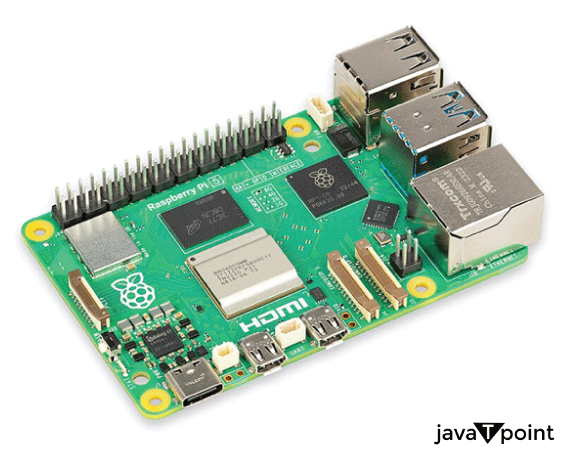
1. LowCost: Raspberry Pi boards are incredibly inexpensive, making them available to a wide range of people, including students, hobbyists, and developers. 2. SmallFormFactor: Because the boards are credit-card-sized, they are compact and easy to integrate into a variety of projects. 3. HardwareVariants: Raspberry Pi boards come in a variety of generations and models, with differing degrees of processing power, RAM, and other capabilities. Among the more current and popular models are the Raspberry Pi 4 and Raspberry Pi 3. 4. GPIOPins: Raspberry Pi boards include General-Purpose Input/Output (GPIO) pins that enable hardware interface and connectivity with a variety of sensors, devices, and peripherals. 5. OperatingSystemSupport: The Raspberry Pi supports a variety of operating systems, the most popular of which is Raspberry Pi OS (previously Raspbian). Other Linux distributions, as well as Windows 10 IoT Core, can be installed. 6. USBPorts: Typically, the Raspberry Pi contains many USB ports for attaching peripherals like keyboards, mice, and storage devices. 7. HDMIOutput: The majority of models include HDMI output for connecting to monitors or televisions. 8. NetworkConnectivity: They include Ethernet and Wi-Fi network connectivity choices. 9. MicroSDCardSlot: Because the operating system and storage are typically kept on a microSD card, upgrading or swapping out the storage is simple. WorkingOfRaspberryPiThe Raspberry Pi is a small single-board computer (SBC) that can perform a variety of computing activities. Its operation is similar to that of a regular desktop or laptop computer, but it has certain distinguishing features and characteristics due to its compact form factor and distinctive design. 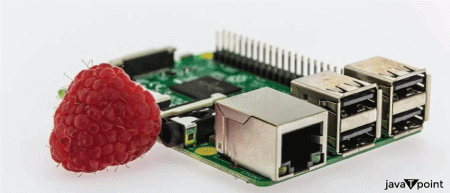
Here's a quick rundown of how a Raspberry Pi works: 1. CentralProcessingUnit ( CPU ): The Raspberry Pi has a CPU as its primary processing unit. The precise CPU model and performance differ depending on the Raspberry Pi model. The Raspberry Pi 4, for example, has a quad-core ARM Cortex-A72 CPU as of my most recent knowledge update in September 2021. 2. Memory( RAM ): Raspberry Pi boards come with a limited amount of RAM, which is used to execute apps and temporarily store data. RAM capacity also varies between versions, with the Raspberry Pi 4 offering 2GB, 4GB, and 8GB possibilities. 3. Storage: Instead of standard hard drives or SSDs, Raspberry Pi commonly stores data on microSD cards. The operating system, applications, and user data are all stored on the microSD card. External USB drives or network-attached storage (NAS) can be used to expand storage. 4. OperatingSystem (OS): To provide the software environment for the Raspberry Pi, you install an operating system on the microSD card. The official and most widely used operating system is Raspberry Pi OS (previously Raspbian), although you may also install multiple Linux versions or even Windows 10 IoT Core. 5. GPIOPins: A group of pins that allows you to connect and control external devices such as sensors, LEDs, and motors is known as a General-Purpose Input/Output (GPIO) pin. These pins are an important feature that allows the Raspberry Pi to be used for a wide variety of hardware projects. 6. Peripherals: Pi features USB ports for connecting peripherals such as keyboards, mouse, and storage devices. It also has an HDMI output for connecting to monitors or televisions. For network connectivity, certain models include Wi-Fi and Ethernet connectors. 7. PowerSource: Depending on the model, a micro USB or USB-C power source is used to power the Raspberry Pi. To ensure stable functioning, utilise a power source with the appropriate voltage and current rating. 8. UserInterface: Like a regular computer, you can interface with the Raspberry Pi by utilising a display, keyboard, and mouse. You can also access it remotely via SSH (Secure Shell) via a network. 9. SoftwareAndApplications: Raspberry Pi can run a variety of software, including web browsers, office suites, programming environments, media players, and more. The Raspberry Pi community offers a wide range of pre-built software packages and distributions designed specifically for the platform. Here's a rundown of how a Raspberry Pi works:
Depending on the model and setup, the Raspberry Pi can be used for educational purposes, as a home server, for IoT projects, or even as a simple desktop computer. Its appeal arises from its low cost, versatility, and active community support, which is constantly developing software and hardware for a wide range of applications. ApplicationsOfRaspberryPi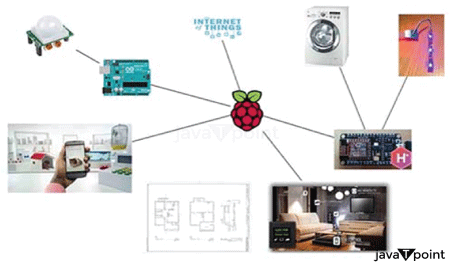
The Raspberry Pi is a versatile and economical single-board computer that may be used in a variety of disciplines and projects. Here are some detailed Raspberry Pi applications: 1. Education: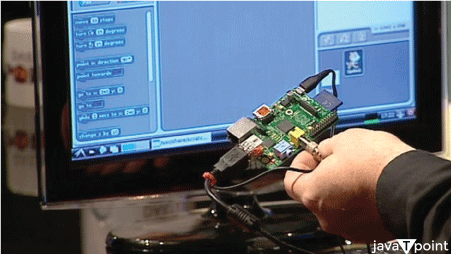
TeachingProgramming: Because it is inexpensive, accessible, and versatile, the Raspberry Pi is an excellent tool for teaching programming. It teaches pupils coding languages such as Python and Scratch through hands-on activities. Raspberry Pi is frequently used in computer science and programming curriculums in schools. STEMApplications: The Raspberry Pi is utilised in a variety of STEM applications. Students can experiment with electronics, robotics, and hardware interfaces to obtain hands-on experience in the fields of science, technology, engineering, and mathematics. It's very popular in scientific fair projects and after-school organisations. 2. AutomationInTheHome: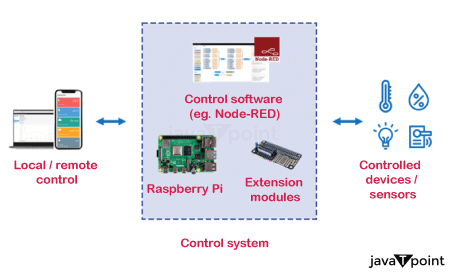
SmartHomeHub: Raspberry Pi can serve as a central point for smart home automation. You may construct an intelligent and networked home environment by connecting numerous sensors, switches, and smart gadgets to the Pi. Raspberry Pi is used to power popular home automation platforms such as Home Assistant and OpenHAB. DIYIoTProjects: Raspberry Pi is popular for Internet of Things (IoT) projects. You may create your Internet of Things devices to monitor temperature, humidity, security, and other parameters. This makes it simple to tailor your home automation system to your requirements. 3. TheMediaCentre: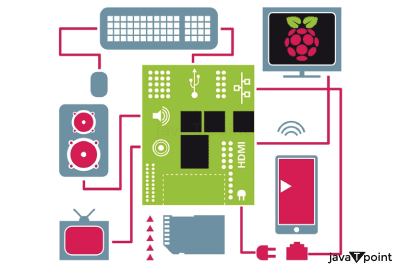
Kodi Media Centre: Kodi is a free and open-source media player that can turn your Raspberry Pi into a home theatre system. You can organise and view your favourite films TV shows, and even stream anything from the internet by connecting it to your TV and launching Kodi. It's a low-cost option for creating your own media centre. 4. WebHostingAndServer: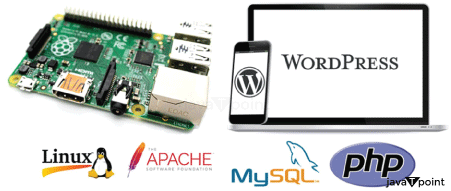
WebServer: You may use the Raspberry Pi as a web server to host your websites and online apps. Raspberry Pi can run popular web server software such as Apache and Nginx, making it ideal for learning web development and running personal projects. PersonalCloudServer: You can set up your own personal cloud storage and file-sharing solutions, such as Nextcloud or ownCloud, to provide secure access to your files from any location with an internet connection. 5. AutomationAndRobotics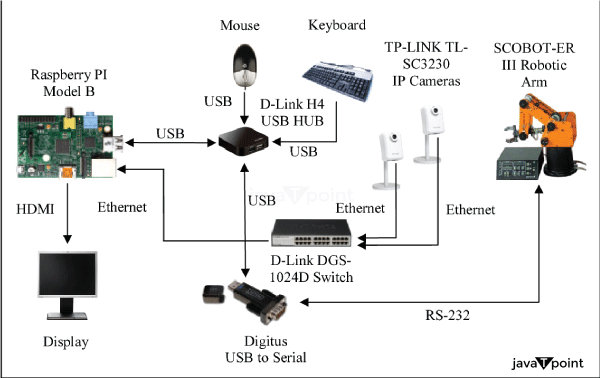
EducationalRobotics: Raspberry Pi is a popular platform for instructional robotics projects. It might be the brain of a robot trained to do various tasks and obey directions. HomeAutomation: Raspberry Pi can be used for DIY home automation projects, such as controlling lights, fans, and appliances via a web interface or smartphone app, in addition to smart homes. 6. Gaming: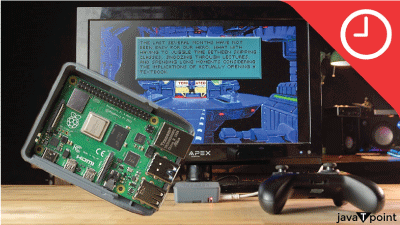
RetroGaming: Retro gaming fans use Raspberry Pi to create their gaming consoles by employing emulators. RetroPie software enables users to play games from ancient systems such as the NES, SNES, and Sega Genesis on a Raspberry Pi-powered machine. 7. PersonalComputer: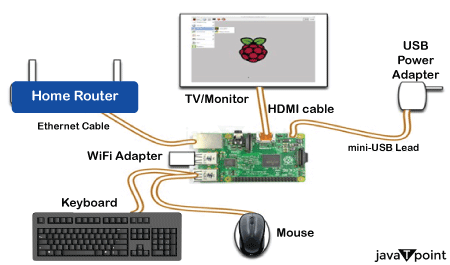
LightweightComputing: With models such as the Raspberry Pi 4 offering better performance, a Raspberry Pi can be used as a lightweight desktop computer. You can use the computer to browse the web, check email, create documents, and do other basic computing chores. EducationalUse: Raspberry Pi desktop computers are sometimes utilised in educational settings to give pupils low-cost computing solutions for fundamental activities. 8. ProjectsForCustomElectronics: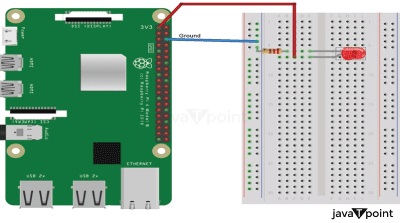
Prototyping: The Raspberry Pi's GPIO pins enable users to attach custom electronics and sensors, giving it a versatile platform for developing electronic devices and gadget prototypes. CustomControllers: Makers and hobbyists frequently use Raspberry Pi to create custom controllers, sensors, and interactive installations. Simple LED displays to more complicated applications like home automation and security systems are examples of these projects. 9. MusicPlayerAndInternetRadio: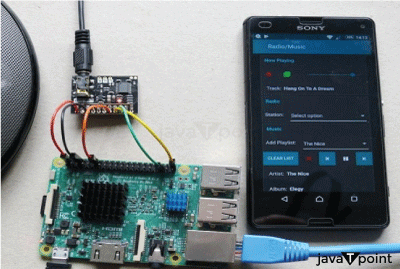
InternetRadio: You may convert your Raspberry Pi into an internet radio station or player, allowing you to stream and listen to your favourite online radio stations. DIYMusicPlayer: Create your own music player and streaming system for your home or business by connecting it to speakers or audio equipment. 10. MonitoringTheEnvironment: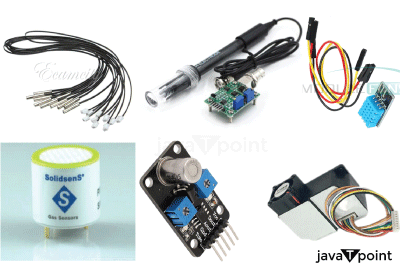
WeatherStations: The Raspberry Pi may be used to create weather stations that monitor temperature, humidity, air pressure, and other environmental data. Data can be collected and analysed for personal or academic interests. EnvironmentalSensors: Researchers and enthusiasts use Raspberry Pi to monitor and measure environmental changes in a variety of scenarios, including agriculture, wildlife conservation, and urban planning. The Raspberry Pi's diverse set of applications demonstrates its adaptability and the inventiveness of its user community. Its low cost, high energy efficiency, and strong community support make it an excellent alternative for a wide range of enterprises and educational endeavours. AdvantagesOfRapberriPiRaspberry Pi has a number of advantages that have contributed to its appeal in a variety of applications. Among the many advantages of the Raspberry Pi are:
The Raspberry Pi is noted for its low cost, making it an accessible and cost-effective platform for a variety of applications. Because Raspberry Pi boards are inexpensive, individuals, schools, and organisations with restricted budgets can experiment, learn, and develop projects without making a large financial investment. This affordability is an important component in its widespread acceptance, especially in educational contexts where financial restraints are common.
One of the Raspberry Pi's notable qualities is its adaptability. It can be used for a variety of purposes, ranging from educational and hobbyist projects to more advanced use cases. Its versatility and broad appeal are demonstrated by its capacity to function as a media centre, web server, IoT hub, desktop computer, or component of a robotics project, among other tasks. The adaptability of Raspberry Pi encourages creative thinking and exploration in diverse fields.
Raspberry Pi is an extremely useful educational tool. Because of its ease of use, small size, and low power consumption, it is an excellent tool for teaching programming, computer science, and electronics. Working with Raspberry Pi allows students and learners to obtain hands-on experience and improve practical skills. It promotes a more participatory and engaging learning environment by fostering a deeper understanding of technology and coding.
There is a large, dedicated, and active Raspberry Pi community. Developers, educators, makers, and fans contribute to a plethora of materials, tutorials, forums, and projects. This thriving community support means that users have access to a wide knowledge base and help when they run into problems. The community's collaborative effort resulted in continual improvements and ideas connected to Raspberry Pi.
The Raspberry Pi's GPIO pins are a huge benefit for hardware enthusiasts and tinkerers. These pins allow you to attach external hardware and sensors to the board quickly and easily. Users can utilise the GPIO pins to build bespoke electronics projects, experiment with sensors and actuators, and construct interactive devices. This capability expands the value of the Raspberry Pi beyond standard computing. It enables a more in-depth examination of the physical environment, making it a good platform for both software and hardware development. DisadvanatgesOfRaspberriPiRaspberry Pi has the following noteworthy drawbacks or limitations:
While the Raspberry Pi's processing power is enough for many applications, it is still limited when compared to more powerful desktop or server computers. Complex simulations, video editing, and 3D rendering, for example, may need to be fixed on a Raspberry Pi.
When compared to modern PCs, Raspberry Pi models often come with a moderate amount of RAM. Multitasking and memory-intensive apps may suffer as a result. While newer versions have greater RAM options, they remain modest in comparison to standard computers.
The graphics processing unit (GPU) on Raspberry Pi boards is only capable of doing basic graphics operations. It may need help with graphics-intensive programs and gaming, making it unsuitable for some entertainment or multimedia projects.
The Raspberry Pi usually stores data on microSD cards. While these cards are convenient and inexpensive, they are less reliable and perform slower than traditional hard drives or SSDs. MicroSD cards' small storage capacity could be a disadvantage for applications demanding large amounts of data storage.
While Raspberry Pi models provide Ethernet and Wi-Fi connectivity, network performance can be limited, particularly for data-intensive network operations. These constraints may impede high-bandwidth applications or scenarios requiring rapid data transfer. While the Raspberry Pi has certain restrictions, it is crucial to note that it is expressly built as an affordable and accessible platform for a wide range of projects. Users are advised to select the appropriate hardware and software configurations to meet their unique requirements and expectations. ConclusionTo summarise, the Raspberry Pi is a unique and very versatile single-board computer with a number of benefits that have contributed to its enormous success. Its low cost, versatility, and ease of use make it a good choice for a wide range of applications, including educational projects, DIY home automation, media centres, and more. The Raspberry Pi is a powerful educational tool that promotes hands-on programming and electronics learning, and its active community support ensures a richness of resources and continual innovation. However, it is critical to recognise that the Raspberry Pi has limits, like restricted processing power, RAM, graphics capabilities, storage options, and networking performance. While these shortcomings may limit its usage in high-performance or resource-intensive applications, they do not impair its value as an accessible, educational, and adaptable computing platform. Raspberry Pi continues to enable users, particularly students, hobbyists, and makers, to explore the world of technology and develop innovative solutions in a variety of sectors. |
 For Videos Join Our Youtube Channel: Join Now
For Videos Join Our Youtube Channel: Join Now
Feedback
- Send your Feedback to [email protected]
Help Others, Please Share










